Military service
Tatlock served in a Quaker organisation, the Friends War Victims Relief Committee, which had been formed in 1870. During this period of service he worked in both Russia and France. [5]

Robert Rattray Tatlock (1889–1954) was a Scottish writer and art critic.
Born at 34 Gray Street [1] in Glasgow on 25 January 1889, his parents were Hannah Tatlock ( née Butterworth) and John Tatlock, of Baird & Tatlock, who manufactured scientific instruments and was also a chemical merchant. [2] The family lived at 34 Gray Street in Glasgow near the River Kelvin. [3]
Tatlock attended both The Glasgow Academy and the Royal College of Science and Technology, the latter of which is now the University of Strathclyde. Between 1910 and 1913 he studied painting and drawing at the Glasgow School of Art, though evening classes. [4]
Tatlock served in a Quaker organisation, the Friends War Victims Relief Committee, which had been formed in 1870. During this period of service he worked in both Russia and France. [5]

Between 1920 and 1933 he worked as the editor of The Burlington Magazine , an academic journal covering the fine and decorative arts, and which is now the longest running English language art journal. [6] During the Second World War, both Roger Fry and Campbell Dodgson made a significant effort ensure that the Burlington survived. Tatlock's time as editor saw an increase both in circulation, and in the number of adverts. This gave the magazine a greater degree of financial stability. [7]
Tatlock was an art writer as well as an editor, and was the chief art critic for The Daily Telegraph between 1924 and 1934. [7] His work also appeared in The Contemporary Review and the New Statesman . He was a proponent of greater recognition of the importance of art, and also a greater acceptance of modern art. [7]

In 1924 he married the artist Cicely Hey. He died in Essex on 29 June 1954. [8]
Robert R Tatlock is listed on the Glasgow School of Art's First World War Roll of Honour. [9]
He was nephew to the Glasgow City Analyst (and named after), Robert Rattray Tatlock and a cousin to the younger analyst, Robert Tatlock Thomson FRSE.

Sir William Ramsay was a Scottish chemist who discovered the noble gases and received the Nobel Prize in Chemistry in 1904 "in recognition of his services in the discovery of the inert gaseous elements in air" along with his collaborator, John William Strutt, 3rd Baron Rayleigh, who received the Nobel Prize in Physics that same year for their discovery of argon. After the two men identified argon, Ramsay investigated other atmospheric gases. His work in isolating argon, helium, neon, krypton, and xenon led to the development of a new section of the periodic table.

Roger Eliot Fry was an English painter and critic, and a member of the Bloomsbury Group. Establishing his reputation as a scholar of the Old Masters, he became an advocate of more recent developments in French painting, to which he gave the name Post-Impressionism. He was the first figure to raise public awareness of modern art in Britain, and emphasised the formal properties of paintings over the "associated ideas" conjured in the viewer by their representational content. He was described by the art historian Kenneth Clark as "incomparably the greatest influence on taste since Ruskin ... In so far as taste can be changed by one man, it was changed by Roger Fry". The taste Fry influenced was primarily that of the Anglophone world, and his success lay largely in alerting an educated public to a compelling version of recent artistic developments of the Parisian avant-garde.
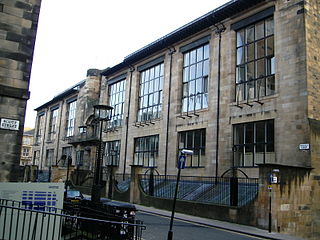
The Glasgow School of Art is a higher education art school based in Glasgow, Scotland, offering undergraduate degrees, post-graduate awards, and PhDs in architecture, fine art, and design.
The Society of Public Analysts was formed in the United Kingdom in 1874 and subsequently became the Society for Analytical Chemistry. It was incorporated in 1907.
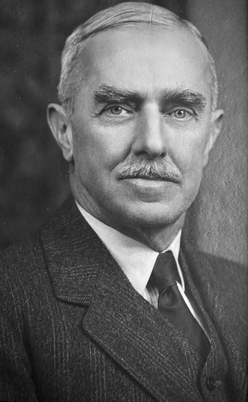
Lt Col Anderson Gray McKendrick DSc FRSE was a Scottish military physician and epidemiologist who pioneered the use of mathematical methods in epidemiology. Irwin commented on the quality of his work, "Although an amateur, he was a brilliant mathematician, with a far greater insight than many professionals."
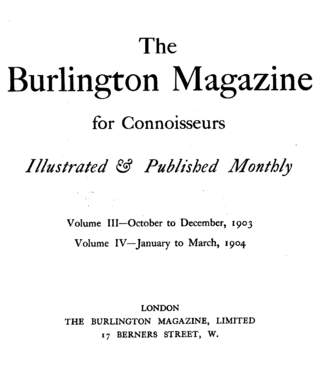
The Burlington Magazine is a monthly publication that covers the fine and decorative arts of all periods. Established in 1903, it is the longest running art journal in the English language. It has been published by a charitable organisation since 1986.
Sir Charles John Holmes, KCVO was a British painter, art historian and museum director. His writing on art combined theory with practice, and he was an expert on the painting techniques of the Old Masters, from whose example he had learned to draw and paint.

Arthur E. (Hugh) Popham, was a British art historian, mainly focused on Italian art. Most of his life he worked at the British Museum and became especially renowned for his catalogue work. He was Keeper of Prints and Drawings from 1945 to his retirement from the museum in 1954.

Sir James Mann WordieCBE FRS FRSGS LLD was a Scottish polar explorer and geologist. Friends knew him as Jock Wordie.
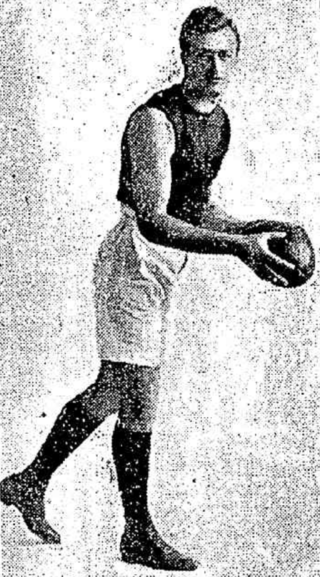
Gordon Kitchener Rattray was an Australian rules footballer who played with and coached Fitzroy in the Victorian Football League (VFL). He was the first VFL player to use the torpedo punt.
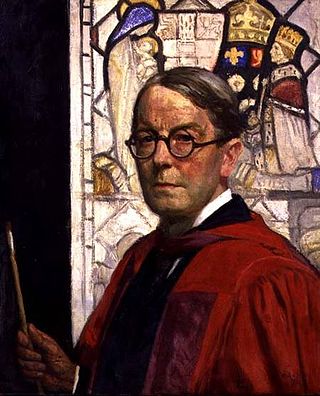
Robert Anning Bell was an English artist and designer.
Professor Lee Frederick Johnson was an art historian and specialist in the works of the French nineteenth-century painter Eugène Delacroix.
Charles Hepburn Scott was a Scottish-born Canadian artist.
Tina Gray was a medical pioneer and the sister of 'Glasgow Girl' Norah Neilson Gray.
Robert Campbell Garry, OBE, FRSE, was a British physician and Professor of Medicine at the University of St Andrews and the University of Glasgow. During World War II, as an expert on human physiology, he advised on human tolerance of extreme weather conditions and forces, as experienced by high altitude pilots.
Dr Charles Robert Gibson FRSE LLD (1870-1931) was a prodigious and popular 20th century Scottish author of accessible scientific texts aimed at children. He inherited his father’s business of Gibson Brothers & Co. The company owned a large shop at 153 George street in Paisley, Renfrewshire plus a factory at St Mirrens Mills.
George McRoberts (1839–1896) was a Scottish chemist and early explosives expert. He assisted Alfred Nobel in establishing the original Nobel Enterprises dynamite factory at Ardeer. He was a close colleague of Nobel and probably a close friend.
Robert Tatlock Thomson FRSE FRIC (1856–1950) was a 19th/20th century British chemist and public analyst. In 1908 he was involved in the first legal definition of Scotch whisky.
Dr William Wallace FRSE FCS (1832–1888) was a 19th-century Scottish chemist who served as Glasgow's first Public analyst. He wrote on various public health issues including sugar refining, gas manufacture and sewage disposal.

William Somerville Shanks ARSA, RSA, RSW was a Scottish artist who was a tutor in painting and drawing at the Glasgow School of Art for 29 years. His painting Tiddley Winks sold for £181,250 at Sotheby's in 2008, a record for the artist.